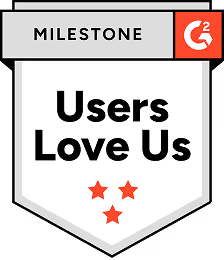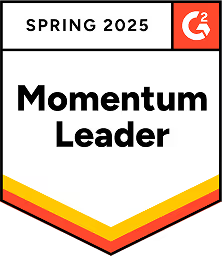The One Trick That Will Boost Your Reply Rates
-01.png)
Every seller is looking for ways to increase their cold email or outbound email reply rates because let’s face it- reaching potential customers is difficult. The average response rates boasted on the internet typically range from 10% - 50%, but regie’s case studies suggest that the true average is likely much lower.
Sending cold emails isn’t easy. You don’t want to sound like you’re partaking in email marketing, you’re worried about a killer subject line, fretting over how to explain your product or service without becoming boring, and making sure that reading the email doesn’t take up too much of your prospect’s time. It’s a lot.
In other words, sending emails is no walk in the park.
And while there are a lot of variables that go into getting more replies, there is one simple trick that can make a big difference: starting or ending your email with a question.
Keep reading to find out how and why.
The Data
We analyzed over 770,000 outbound sales emails and found that those starting or ending with a question have an average reply rate of 16%. That's a significant jump from the analysis' average overall reply rate of 1.79%.
Why might this be? People are conditioned to respond to questions that they're asked. It's human nature. So, when you start or end your email with a question, the recipient is more likely to reply.
Ask A Question, In The Right Place
What's even more interesting is that these results didn't come from questions placed just anywhere in the email's body copy. Reply rates jump when the email either starts or ends with a question, which gives sellers the opportunity to do two important things: personalize and provide a call to action.
Starting your sales emails with a question is an ideal way to personalize your email to your lead. Ask them about:
-their recent move to a new job
-a recently released product at their company
-a new hire they're working with
-a newsworthy event involving their company
-a fresh partnership announcement
Not only does this make your email more personal, but it also allows you to gather information about your lead that you can use later on in the sales process. Use the information you find from LinkedIn, Twitter, news sources and any other channels you use for research and turn it into a question that shows you've done your homework.
Bonus Intro Questions
If you're just starting to incorporate questions into your emails and feel uncertain about converting personalized tidbits into questions, you can still see a boost in replies by asking questions like these in the first sentence of your email:
- How would you feel if you could [solve your problem]?
- What would it mean for your business if you could [X outcome]?
- How much time would you save each week if you [X solution]?
These questions get straight to the heart of your solution and what it would mean for your lead. Especially for buyers who are already thinking about the problems you solve- seeing it in writing in the first sentence of an email is an immediate attention grabber.
Save A Question For The End
Ending your sales emails with a question is also a great way to increase reply rates, but for a different reason. By ending your email with a question-based CTA, you're giving your lead a clear call to action that's casually assertive, rather than pushy. Aside from the more common CTAs that declare a time to meet, try using questions like:
-Are you interested in hearing more?
-Do you have time for a 5-minute call to continue the conversation?
-Is there any information or resources I can provide you?
-Is any of this resonating with you?
- Would it be helpful if we [scheduled a call/set up a meeting] to discuss how we could impact you?
Find a tone that sounds like you- like when you're talking to a friend or someone you're comfortable with- and channel it into a question-based CTA.
Playing By The Rules
Of course, there are a few things to keep in mind when using questions in your emails. First, don't use too many questions. We recommend no more than three per email.
Second, make sure your questions are strategically placed. If you start with too many, the recipient may feel like they're being interrogated. And if you end with two or three questions in a row, the recipient may feel like they need to provide a long-winded answer.
Third, this technique is best used for outbound sales emails. The number of questions you use in an inbound email will depend on the channel the lead came through- there are certain situations, like a demo request, where a short list of questions may be necessary.
You're Ready To Press Send
To recap, the one trick that will boost your reply rates is starting or ending your outbound sales emails with a question. But the key is not to use too many questions in your email – we recommend a maximum of three. This simple tip can make a big difference in your reply rates, so try it out in your next email.
If you’re looking for even more ways to boost your reply rates, download our free ebook on the subject. And if you have any questions, our team is always happy to help – just reach out to us here.
FAQs
Read more posts
View all BlogsNeed more help?
If you still have questions, make sure to check out our Help Center: there, you'll find all the tips & advice you'll need to get your team up & running with Regie.ai.









